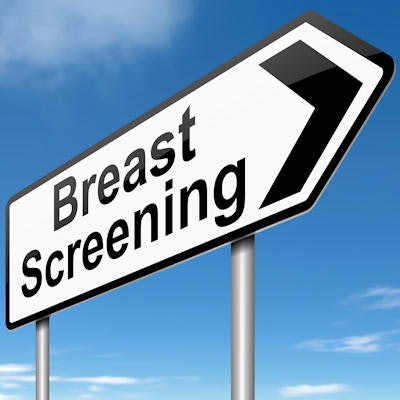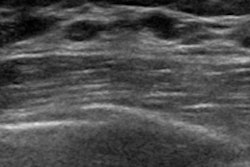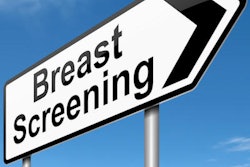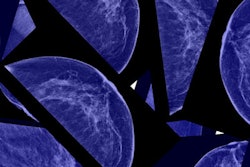
Assessing the risk of breast cancer in five-year increments in women with dense breast tissue is a more effective way to determine the need for supplemental imaging than scanning all women with dense tissue, according to a study published online July 1 in JAMA Internal Medicine.
Thirty-eight states have passed legislation that mandates women be informed about tissue density and supplemental imaging options. But this approach isn't necessarily helpful, wrote a team led by Dr. Karla Kerlikowske of the University of California, San Francisco.
"Studies consistently report that women can experience anxiety or concern in response to breast density notification, and most practitioners are not prepared to counsel women about breast density," the group wrote.
Current notification laws mandate that screening mammography reports to physicians and women include breast density information and that women with dense tissue be encouraged to undergo additional imaging. But according to the researchers, this all-encompassing approach may be too broad.
"Instead of discussing supplemental imaging with all women with dense breasts, it may be more efficient to identify women at high risk of advanced breast cancer who may benefit most from supplemental imaging," the team wrote.
To develop a more efficient framework for these types of discussions between practitioners and patients, the group conducted a study that included 638,856 women between the ages of 40 and 74 who underwent 1.7 million screening digital mammograms at Breast Cancer Surveillance Consortium (BCSC) imaging facilities between January 2005 and December 2014.
The researchers tracked the women's BI-RADS breast density categories and their BCSC five-year breast cancer risk results. The outcome measure was advanced breast cancer within 12 months of screening mammography; high advanced cancer rates were defined as ≥ 0.61 cases per 1,000 mammograms.
Women with dense breast tissue accounted for 47% of the study cohort, and 60% of these had advanced cancers. Kerlikowske's group also found the following:
- Low rates of advanced breast cancer occurred in 34.5% of screened women with dense breasts.
- High rates of advanced breast cancer occurred in women with heterogeneously dense breasts and a five-year risk of 2.5% or higher (6% of screened women).
- High rates of advanced breast cancer occurred in women with extremely dense breasts and a five-year risk of 1% or higher (6.5% of screened women).
- Women at high advanced cancer risk made up 12.5% of all who were screened and had 27.1% of advanced cancers.
- Women with heterogeneously dense breasts and a five-year risk less than 1.7% (21.7% of screened women) had high rates of false-positive short-interval follow-up recommendation without undergoing supplemental imaging.
The results suggest that density notification should be combined with measured breast cancer risk, so women at highest risk for advanced cancer are targeted for supplemental imaging discussions and women at low risk are not, Kerlikowske's group concluded.
"BI-RADS breast density combined with BCSC five-year risk may offer a more efficient strategy for supplemental imaging discussions than targeting all women with dense breasts," the team wrote.




















